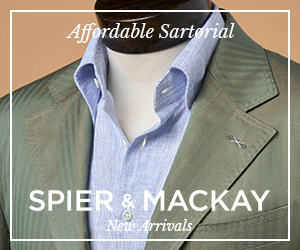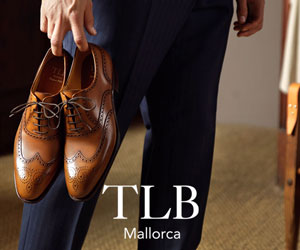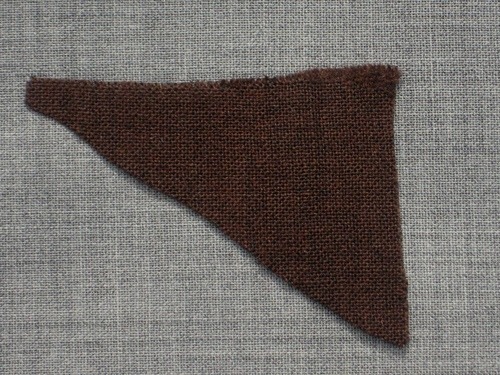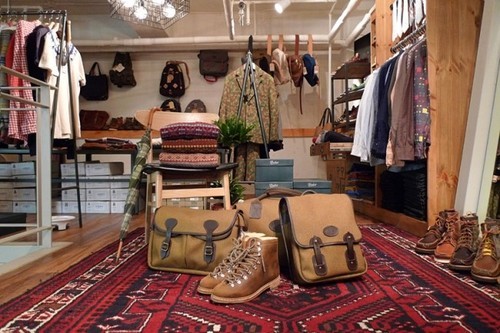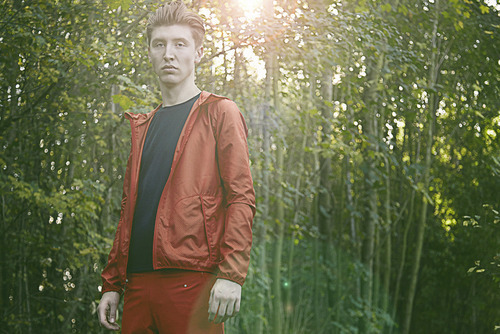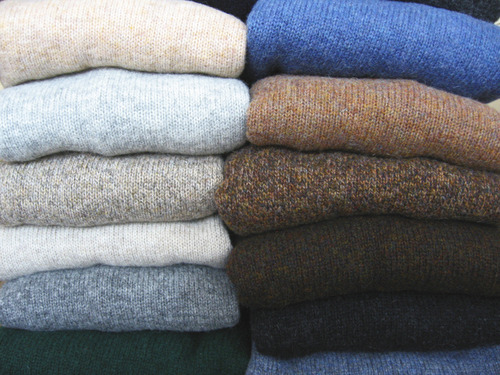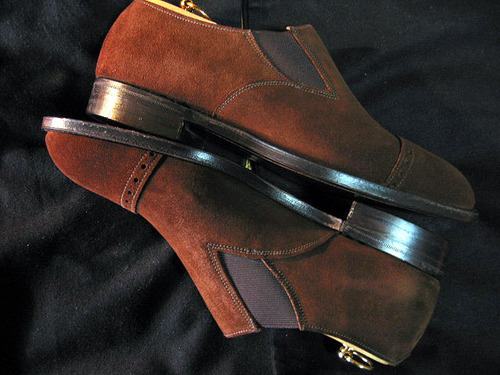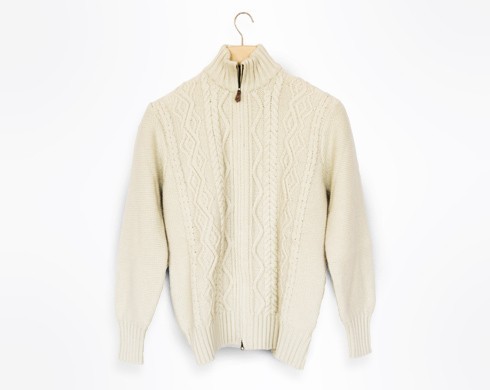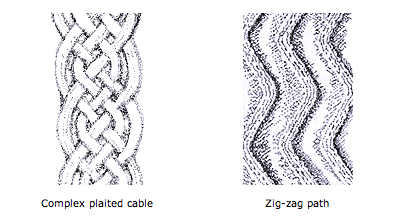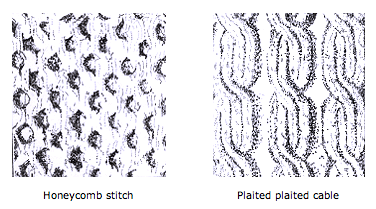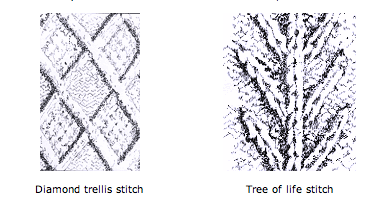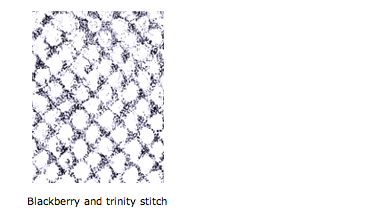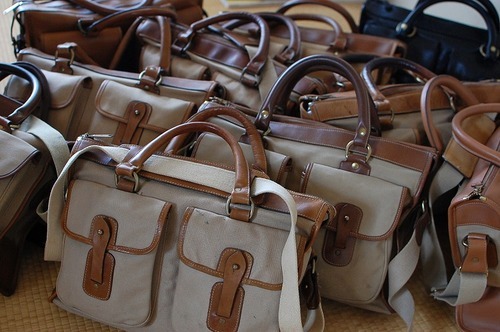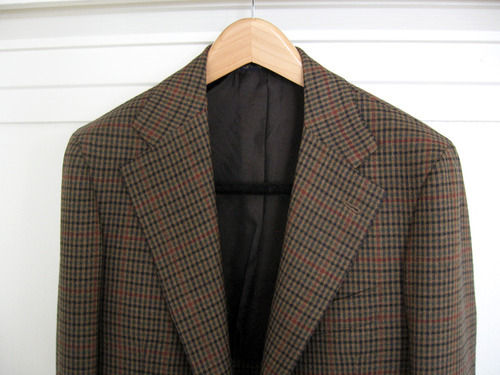
The main problem with working with a traveling tailor is that commissioning garments can require long lead times. With only three or four visits per year, completing an order can take up to fifteen months if you require at least three fittings. On the upside, many traveling operations are quite good, which means if you have access to one, you can often get something quite special.
Napoli Su Misura just finished their most recent tour of the US earlier this month, which included a stop by San Francisco’s Orchard Hotel. At the visit, I was able to pick up my latest order. Included was a brown checked faux tweed from John G. Hardy’s Worsted Alsport book. I say “faux” because real tweed is a prickly, rough woolen, while “faux tweed” is a worsted wool made to look like the real thing. The rustic pattern gives the material some country charm, while the smooth texture allows it to be still business appropriate.
There was also a single-breasted, 3/2 roll sport coat made from a petrol blue Minnis Fresco, and the cigar linen suit I wrote about last year. Each jacket was made with slightly wider lapels and a lower gorge than my last order, and but I retained some signature Neapolitan details. Namely, there’s the spalla camicia shoulder, with its telltale waterfall sleevehead, and double stitching on the Fresco and linen pieces. Double stitching refers to the two lines of hand picked stitching you see along the edges of the lapels and pockets. Neapolitans say this helps reinforce the construction of their garments, while skeptics say it’s just a stylistic detail that helps keep a jacket casual. Count me in the second camp.
There were a couple of other details I requested: two pen holders in every jacket, with one short enough to hold a highlighter (making every jacket a semi-reading jacket), and a small, button flap, interior pocket for my cell phone. The trousers have an excessive eight buttons at the fly, which Napoli Su Misura calls “tailor style.” That sounds very romantic, and romance is needed given how much fiddling you’ll have to do in the crotch region to secure all these buttons. And just in case eight wasn’t enough, I had two more put at each leg opening (a detail I admittedly stole from Salvatore Ambrosi), so that the cuffs can be easily opened and cleaned out.
Keep reading



